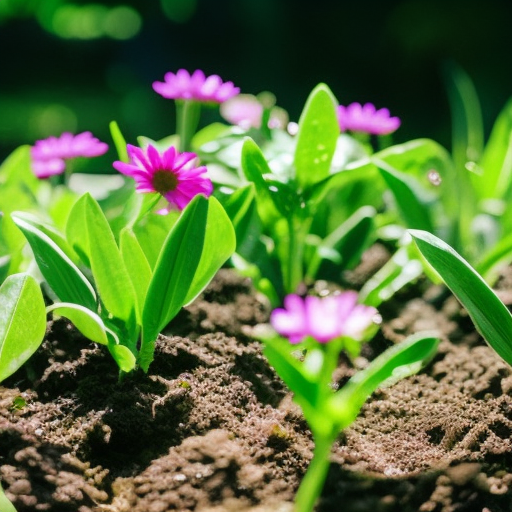Summary: Biodegradable materials are substances that can be broken down by natural processes into simpler compounds, without causing harm to the environment. They offer a sustainable alternative to traditional materials and have a wide range of applications, from packaging to medical devices. Biodegradable materials are designed to degrade through biological processes, such as the action of microorganisms, enzymes, or natural weathering. They can help reduce waste, pollution, and dependence on non-renewable resources, making them an important part of the transition towards a more sustainable future.
What are biodegradable materials?
Biodegradable materials are substances that can be broken down into simpler compounds by natural processes. These materials are typically derived from renewable sources, such as plants or microorganisms, and are designed to degrade through biological processes. Unlike non-biodegradable materials, which persist in the environment for long periods, biodegradable materials can be broken down into harmless substances, such as water, carbon dioxide, and biomass.
Types of biodegradable materials
There are several types of biodegradable materials, each with its own unique properties and applications. Some common examples include:
- Biodegradable plastics: These are plastics made from renewable sources, such as cornstarch, that can be broken down by microorganisms. They are used in various applications, including packaging, disposable cutlery, and agricultural films.
- Biodegradable polymers: These are polymers that can be broken down into simpler compounds through natural processes. They are used in a wide range of applications, including textiles, medical devices, and drug delivery systems.
- Biodegradable packaging materials: These materials are designed to replace traditional packaging materials, such as Styrofoam and plastic, which can take hundreds of years to degrade. Biodegradable packaging materials can be made from a variety of sources, including plant fibers, seaweed, and mushroom-based materials.
- Biodegradable textiles: These are textiles made from natural fibers, such as cotton or hemp, that can be broken down by microorganisms. They offer an environmentally friendly alternative to synthetic textiles, which are derived from non-renewable resources.
Advantages of biodegradable materials
Biodegradable materials offer several advantages over traditional materials:
- Environmental sustainability: Biodegradable materials help reduce waste and pollution, as they can be broken down into harmless compounds by natural processes. They also reduce dependence on non-renewable resources, such as fossil fuels.
- Reduced landfill space: Since biodegradable materials can be broken down by microorganisms, they take up less space in landfills compared to non-biodegradable materials.
- Lower carbon footprint: Biodegradable materials often have a lower carbon footprint compared to traditional materials, as they are derived from renewable sources and require less energy to produce.
- Versatility: Biodegradable materials can be used in a wide range of applications, from packaging to medical devices, offering a sustainable alternative to traditional materials.
Challenges and considerations
While biodegradable materials offer many benefits, there are also challenges and considerations to keep in mind:
- Availability and cost: Biodegradable materials may be more expensive and less readily available compared to traditional materials. However, as demand increases and technology advances, the cost and availability are expected to improve.
- Proper disposal: Biodegradable materials require specific conditions to degrade properly. If not disposed of correctly, they may not break down as intended, leading to potential environmental issues.
- Performance and durability: Some biodegradable materials may have limitations in terms of performance and durability compared to traditional materials. Ongoing research and development are focused on improving these aspects.
The future of biodegradable materials
Biodegradable materials play a crucial role in the transition towards a more sustainable future. As technology advances and awareness of environmental issues grows, the demand for biodegradable materials is expected to increase. Ongoing research and development are focused on improving the performance, availability, and cost-effectiveness of biodegradable materials, making them a viable and attractive alternative to traditional materials in various industries.












